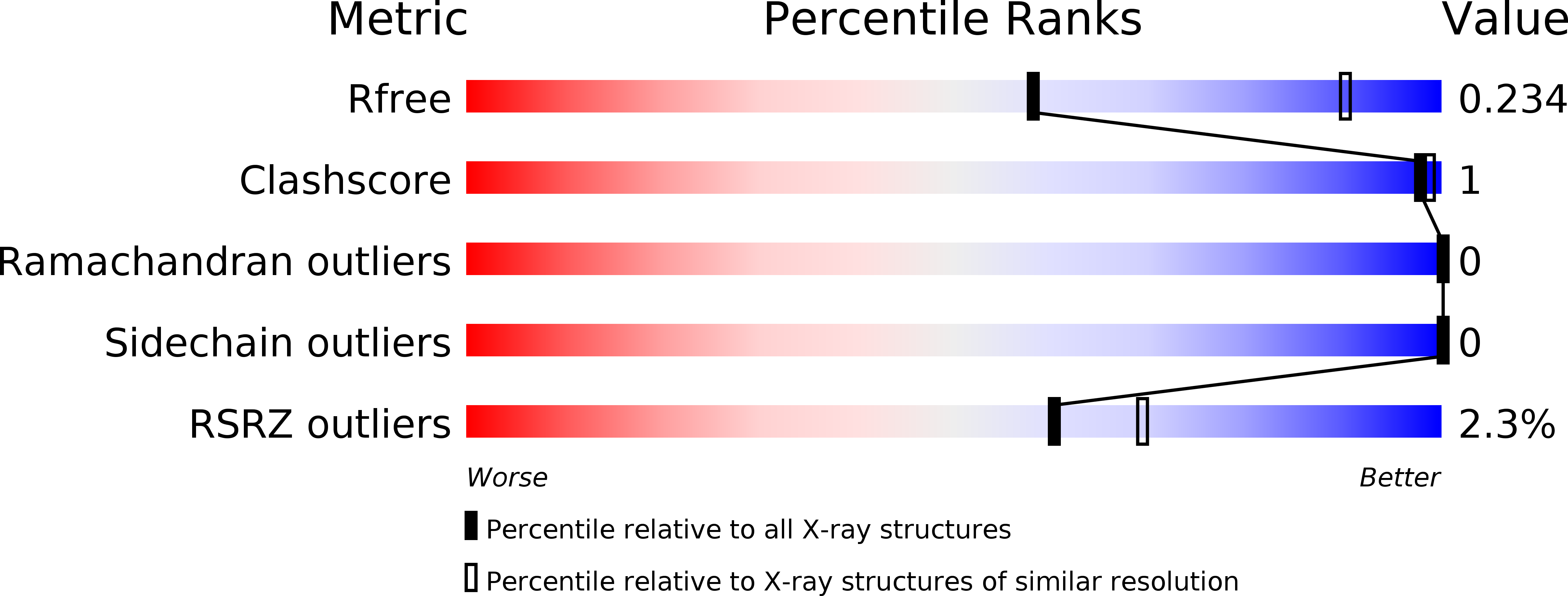
Deposition Date
2016-11-30
Release Date
2017-12-06
Last Version Date
2024-11-20
Entry Detail
PDB ID:
5WR7
Keywords:
Title:
Crystal structure of Trk-A complexed with a selective inhibitor CH7057288
Biological Source:
Source Organism:
Homo sapiens (Taxon ID: 9606)
Host Organism:
Method Details:
Experimental Method:
Resolution:
2.76 Å
R-Value Free:
0.23
R-Value Work:
0.20
R-Value Observed:
0.20
Space Group:
H 3 2


